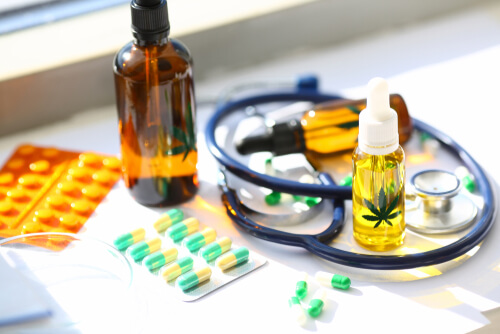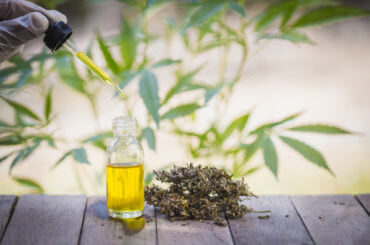
The raw extract of the hemp plant does not have significant levels of CBD or other cannabinoids like THC. But, it has more of the raw acidic form of them like CBDA and THCA. For using it in different hemp products, these acidic forms are heated and activated into cannabidiol (CBD), THC, etc. The acidic form also has the same therapeutic and medical effects similar to the activated cannabinoids. The activation process is called decarboxylation and the purpose of this article is to give a better understanding of it.
What Is Decarboxylation Of Cannabidiol (CBD)?
To put it simply, decarboxylation is the process of applying heat to the hemp plant parts from which the extracts are made. The molecular structure of the raw cannabinoids i.e. the acidic form has a carboxyl group or ring. It is made up of a carbon atom bonded to an oxygen atom and a hydroxyl group (OH). When heat is applied, the carbon atom is removed and released as carbon dioxide (CO2). This is called decarboxylation done to improve the rate of absorption and increase their availability upon consumption.
The Need For Decarboxylation Of Cannabidiol (CBD)
Most of the CBD products available in the market are made using decarboxylated pure hemp extract. However, not all products require this process because the endocannabinoid system of our body has a higher affinity towards the acidic form of CBD i.e. cannabidiolic acid (CBDA).
The process of decarboxylation is done before or after the process of separating pure hemp extract. Generally the former is preferred as it gives a higher yield of CBD, it also removes excess moisture which accelerates the extraction process. It is also possible to decarboxylate after the extraction process using methods like liquid chromatography and mass spectrometry.
The Temperature And Time Required For Decarboxylating Cannabidiol (CBD)
The time and temperature required for decarboxylating individual cannabinoids of the pure hemp extract are different. The common reference point for all is that of THCA, which requires a temperature of 220 F/104.44 C for up to 30 or 45 minutes to begin the process and more time is required for complete decarboxylation. So, for high CBD concentration hemp extracts, more time and higher temperatures may be used. But, you should also ensure to avoid excess heat as it can denature CBD. Last but not least, temperatures more than 300 F can denature the cannabinoids and terpenes of the raw hemp extract.
We hope that the aforementioned details helped in your understanding of the importance of decarboxylating cannabidiol (CBD).



